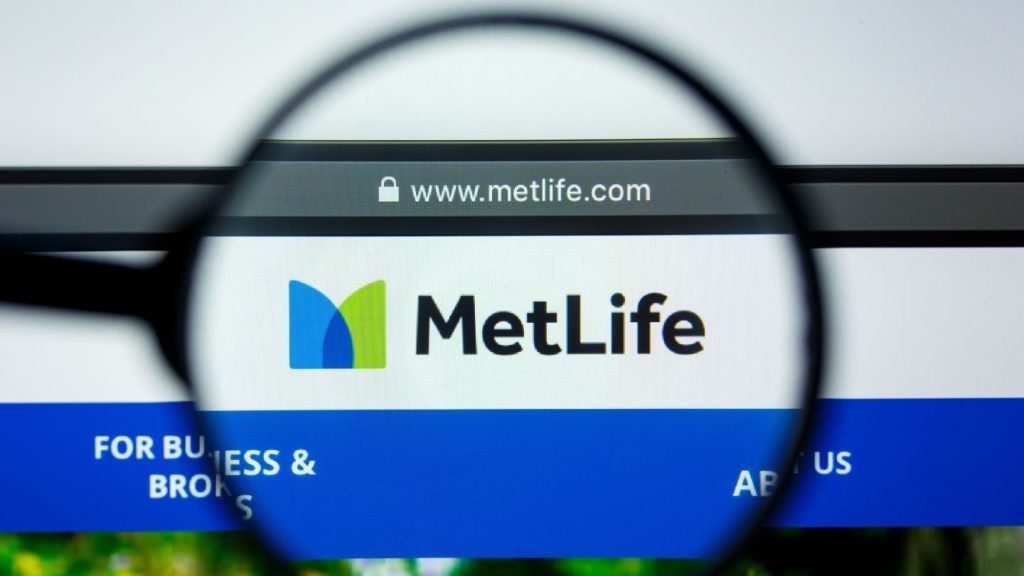 In a
In a
world where economic uncertainty is far from being laid to rest, it
may be surprising to learn that this is not the number one threat
perceived by insurers.
Claiming top position is a risk
that has in some respects escalated since the financial crisis: the
burden of regulation that is being placed on the insurance industry
by regulatory reform at international and local levels.
This revelation comes from a
wide-ranging study Insurance Banana Skins 2011, conducted
by London-based non-profit organisation the Centre for the Study of
Financial Innovation (CSFI) in conjunction with professional
services firm PricewaterhouseCoopers.
Although regulatory change ranked
only fifth in the hierarchy of risks in the CSFI’s previous
Insurance Banana Skins study undertaken in 2009, the study’s
author’s noted that this was only because of more urgent concerns
about the impact of the financial crisis at that time.
The CSFI’s 2008 Insurance Banana
Skins, undertaken prior to the onset of the financial crisis,
revealed regulatory change to be the insurance industry’s top
concern at that time.
For its latest study, the CSFI took
a global sweep, surveying 490 executives of life and general
insurers, composite insurers, reinsurers, brokers, regulators and
industry observers in 40 countries. Respondents to the survey,
which was conducted in March and April 2011, were given 26 possible
risks to select from.

US Tariffs are shifting - will you react or anticipate?
Don’t let policy changes catch you off guard. Stay proactive with real-time data and expert analysis.
By GlobalDataDominating the survey were
respondents in Europe at 57% of the total. This, noted the report’s
authors, reflects the fact that much of the international insurance
business is concentrated in London. However, they added that many
of the London-based respondents were from different parts of the
world.
Almost
unanimous
 Regulatory change as the biggest risk was the unanimous
Regulatory change as the biggest risk was the unanimous
choice of all participating groups with one unsurprising exception
– regulators – although they still ranked regulatory change
eighth.
Regulators’ top concerns are retail
sales practices, capital and solvency and the quality of the
insurance industry’s assessment of risk. The study’s authors noted
that regulators clearly expect some consolidation in the industry
since they are concerned about the management of mergers.
Among life insurance executives
there were strong concerns about the industry’s ability to handle
the magnitude of regulatory change which for European insurers
specifically includes the looming implementation of the Solvency II
regime. UK insurers are also concerned about the impact the
country’s pending Retail Distribution Review (RDR) will have on the
distribution of life and savings products.
The study’s author’s observed: “The
sheer volume and complexity of new regulations now flowing at three
levels – international, regional and local – imposes a heavy cost
and distraction on insurance companies at a time when capital and
management are already tightly stretched.”
The authors added that as a result
of an increased regulatory burden there has been a diversion of
talent to managing regulatory risk, “potentially to the detriment
of oversight of the commercial challenges”.
On the issue of regulatory risk,
the study included a number of comments including those of a
leading UK insurer’s chief risk officer.
“The regulatory challenge is the
most significant risk faced by the insurance industry in 2011,
particularly within Europe and especially the UK”, he noted. “As a
result, there has been a diversion of talent to managing the
regulatory risk, potentially to the detriment of oversight of the
commercial challenges.”
 This
This
view was widely echoed by other respondents, noted the study’s
authors. Among them were Steve Groves, CEO of UK insurance broking
firm Partnership and a former senior actuary in Swiss Re’s life and
health division.
Groves commented: “[The biggest
risk] is the sheer level of regulatory change that is converging at
the same time – RDR, Test-Achats, Solvency II, IFRS 4 Phase 2 – all
scheduled within a few weeks of each other.
“Whilst I don’t agree with every
part of every initiative, I am far more concerned that this is
placing a ridiculous burden on key technical areas and creating a
change programme no sane company director would ever take on in
that period through choice.”
Also expressing concern was CEO of
Nordea Life in Finland, Pekka Luukkanen.
He commented that the new
regulatory environment “could lead insurance companies to shift
their strategies too quickly to ensure their ability to deliver an
acceptable level of return on equity”.
Authors of the CSFI study noted
that one of the major risks seen in Europe is that the weight of
European Union regulation will put the region at a disadvantage
vis-à-vis the US and Far Eastern markets, and drive business
away.
This concern, they added, is
particularly strong in London where the Financial Services
Authority has a reputation for “gold plating” the rules and adding
to their cost.
The authors referred to the concern
of the head actuary at a life insurer that “a combination of
increased capital requirements and regulations, preventing the use
of risk factors, will push up costs and drive business
offshore”.
Some respondents saw regulatory
risk in a different light.
For example, the study’s authors
pointed to a Solvency II consultant who, no doubt talking to his
book, stated: “The new measures represent an enhancement of good
practice, so well-run entities will be able to embrace [them].”
The consultant added that insurers
which do not hold high quality capital and have poor risk
management tend to be overly critical of Solvency II.
“The risk is that there will be
setbacks in implementation due to industry lobbying which is not
necessarily in the best interests of the industry as a whole,” said
the consultant.
However, the study’s authors
stressed that while the debate over the merits of Solvency II is
complex, the balance of sentiment among respondents was strongly
negative.
“The great majority of them
expected it to be excessive, adding cost and distraction, and, by
reducing profitability, triggering widespread and potentially
disruptive restructuring in the industry,” they said.
Summing up the majority view, a
London insurance consultant commented: “The path to Solvency II is
proving rather extended and it is beginning to undermine its
credibility. The cost to the industry has probably already passed
the value of any benefits.”
Economic banana
skin
Regulatory and capital risks aside,
global macroeconomic uncertainty also looms large on insurers’
risk-radars. Several dangers are in view: a weak economic recovery,
resurgent inflation and instability in many regions.
“These concerns are widespread,
coming from all major markets,” noted the study’s authors.
In typical vein, the chief risk
officer of a large UK composite insurer said: “Recent and ongoing
unrest in North Africa and Middle East has the potential to spill
over into major oil producers with knock-on oil price increases and
a detrimental impact on fragile economic recovery in the western
economies.”
A senior US insurance company
auditor said he was concerned about “continuing low interest rates,
currency dilution by the Federal Reserve as it monetises government
debt, and the impact on the purchasing power of US citizens as less
discretionary income may mean fewer investable funds.”
In the Far East, a senior insurance
executive in Hong Kong saw the insurance industry exposed to “a
return to slow/negative GDP growth in major markets.”
The study’s authors highlighted
that rising inflation is also becoming a global concern with, in
particular, a potentially heavy impact on life insurers.
The authors highlighted the view of
the chairman of a large UK pension fund who said: “The future
course of inflation is unknown and dangerous territory.”
Uncertainty on inflation’s trend
was coupled with concerns over investment markets which remain
volatile in the extreme.
Among the most outspoken on
investment risk was a life insurance company respondent who
stressed: “Problems remain dire. I don’t know how anyone can offer
many of the long-term investment products still on sale with a
decent conscience.”
The CEO of a life company in
Singapore echoed this sentiment: “Long-term capital guarantees are
certainly creating the biggest risk and have led to the failure of
companies in the past. Many people see natural disasters or events
like SARS as a key risk, but the financial risks companies take on
the investment side are significantly larger.”
Perhaps for good reason share
prices of life insurance companies as a group have failed to recoup
losses sustained during the financial crisis to the same extent as
equity markets have overall.
For example, the UK FTSE All Life
Insurance Index is some 30% off its 2007 peak while the market
benchmark, the FTSE 100 Index, is only 13% off its 2007 peak.
Similarly, in the US the Dow Jones
US Life Insurance Index is 40% off its 2007 peak compared with the
benchmark Dow Jones industrial Index which is 12% down.
Faring worst of all is the European STOXX 600 Insurance Index
which is still almost 50% off its 2007 peak and only 60% above the
level it stood at when launched in December 1991. The latter
increase represents a CAGR of a meagre 2.5% over almost two
decades.







